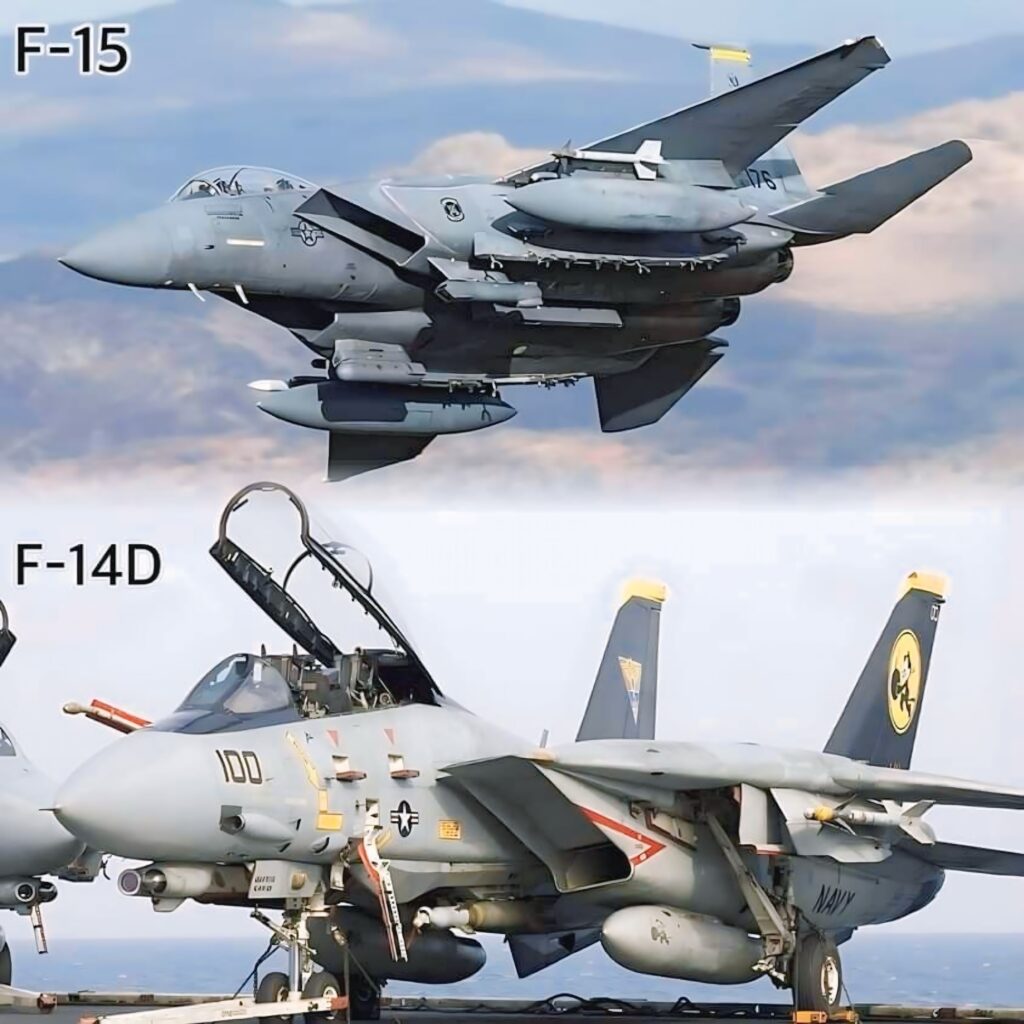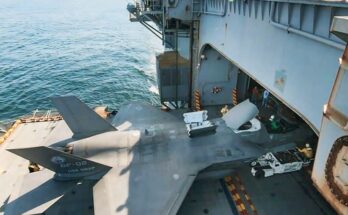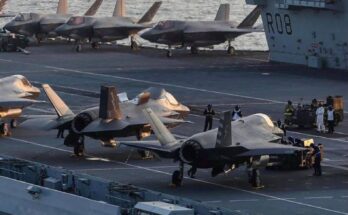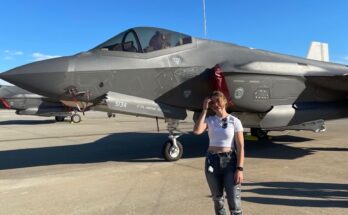
The F-14D Super Tomcat was the final and most advanced variant of the legendary F-14 Tomcat, a U.S. Navy carrier-based fighter aircraft that gained fame for its speed, versatility, and unmistakable swing-wing design. Entering service in the early 1990s, the F-14D represented the peak of the Tomcat program, incorporating modern avionics, more powerful engines, and upgraded weapons systems that made it one of the most formidable fighters of its era.
The Tomcat’s story began in the late 1960s, developed by Grumman as a replacement for the Navy’s F-4 Phantom II. The original F-14A became operational in 1974 and quickly stood out for its ability to engage enemy aircraft at long ranges using the AIM-54 Phoenix missile, paired with the powerful AWG-9 radar system. Over time, the Tomcat went through several upgrades, and the D model was the result of decades of lessons learned in combat and training.
What set the F-14D apart was its modernization in both performance and electronics. It was equipped with twin General Electric F110-GE-400 engines, which delivered significantly more thrust and reliability than the older Pratt & Whitney TF30 engines found in the F-14A. This upgrade gave the Super Tomcat improved acceleration, better fuel efficiency, and a higher thrust-to-weight ratio, allowing it to maneuver more effectively in a dogfight and operate with greater confidence from the demanding environment of aircraft carriers.
Avionics improvements were equally significant. The F-14D replaced the aging AWG-9 radar with the AN/APG-71, a radar system derived from the F-15’s APG-70. This gave the Super Tomcat superior range, tracking capability, and resistance to jamming, ensuring that it could still perform its role as a long-range interceptor well into the modern era. The cockpit was also updated with multi-function displays and more advanced mission computers, reducing pilot workload and enhancing situational awareness.
Weapons integration was another key advancement. While the Tomcat was originally designed for fleet air defense, the D model expanded its mission profile by incorporating modern precision-guided munitions. It could carry laser-guided bombs and work with targeting pods like the LANTIRN (Low Altitude Navigation and Targeting Infrared for Night), which transformed it into a capable strike aircraft in addition to its traditional fighter role. This versatility proved invaluable during conflicts in the 1990s and early 2000s, where F-14Ds flew missions over Iraq and the Balkans.
Despite these improvements, the F-14D had a relatively short service life. Budget constraints, high maintenance demands, and the arrival of the F/A-18E/F Super Hornet led to the Tomcat’s retirement in 2006. By then, the Navy preferred the more modern and cost-effective Hornet platform, even though many aviators felt that the F-14D still offered unmatched range, payload, and raw performance.
The F-14D Super Tomcat remains one of the most iconic fighters ever built, remembered not only for its combat capabilities but also for its cultural presence in films, documentaries, and aviation history. It was the ultimate expression of the Tomcat design, a symbol of American naval aviation during the final decades of the Cold War and beyond.


